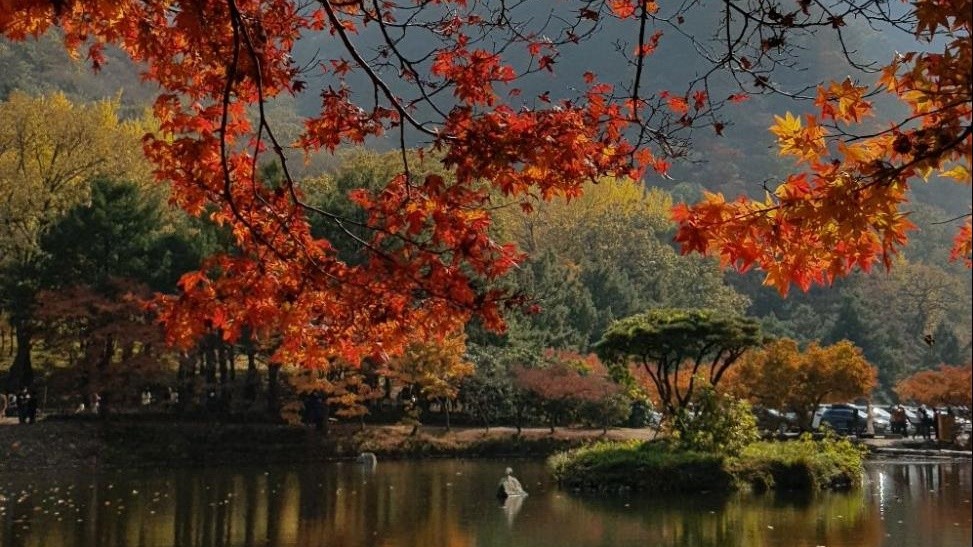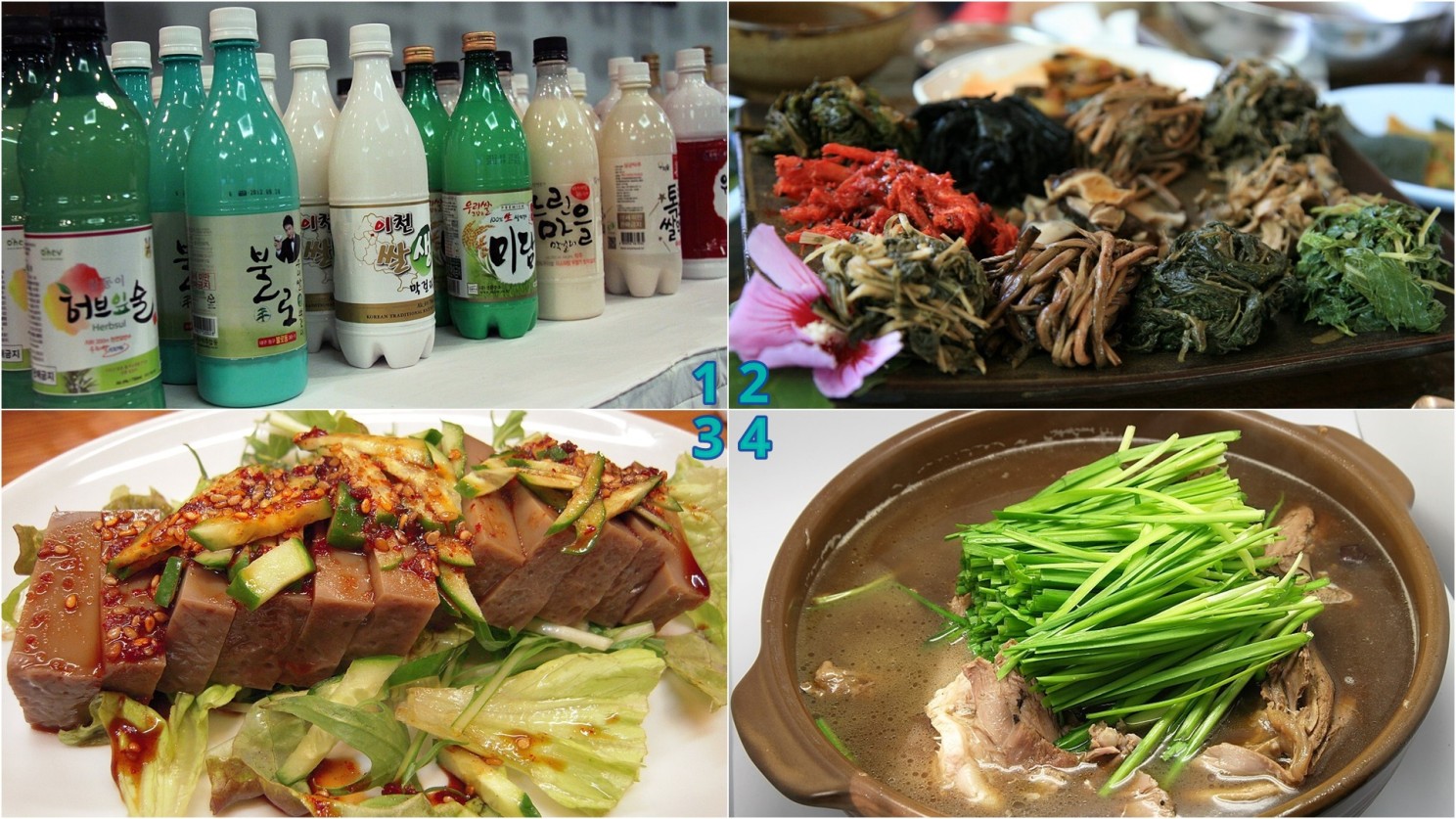It was at 2 a.m. on October 31st that I was finally able to snap up two canceled tickets. They were for 3:45 p.m. the following day, but I didn’t care. The tickets had sold out as soon as they became available, and it took me several days of revisiting the website to get this far. I checked the weather at the location and searched nearby eateries before hurrying off to bed with a face mask on. I needed some beauty sleep in anticipation of picture taking. Was this all for a K-pop concert? Nope. I was going to see autumn colors.

Hwadamsup Botanical Garden is known for its foliage, and admission is limited to 10,000 people per day. Other places boast beautiful colors, too. On the 29th, which was a holiday, Songnisan saw over 20,000 visitors and Seoraksan and Gyeryongsan, 10,000 each. South Korea is a mountainous country with foliage meccas galore. So how many people actually went on trips to see fall colors just on that day alone? And there’s a lot more to see than foliage. Cosmos flowers, chrysanthemums, and silver grasses are all beautiful to behold. Summer cypress and pink muhly grass, too. Let’s not forget ginkgo trees.
My swim coach laments that the pool empties out every October. He’s right in that Koreans love mountains and the changes in landscape that come with the seasons. I’m sure in five months’ time, I’ll be keeping my sleepy eyes peeled again for Hwadam tickets to see cherry blossoms. We Koreans diligently document these seasonal changes, with picture taking being a favorite national pastime. For this season, everyone is editing autumn leaves into selfie backgrounds. Foliage trips nail another activity that Koreans love: eating and drinking in the great outdoors. What better excuse is there for a midday makgeolli? And the food that goes with this milky rice wine? Well, you’re in the mountains, so wild-vegetable set-menu meals or wild-vegetable bibimbap are in order. With wild-vegetable pancakes on the side, of course. Acorn jelly salad and whole-chicken soup also make a winning combo. Why eat chicken up on a mountain? Don’t ask. Koreans just do. Call it tradition, custom or instinct. Up in the mountains, you just have a hankering for a hearty whole-chicken soup.

The strange climate these days, however, is making us Koreans nervous and dampening our nature-loving spirit. Leaves start to change color when the temperature falls below 5 °C (or 41 °F) with big swings in the daily temperature range. But with continuing warm weather, we’re not seeing colors change until the beginning of November. Obtaining Hwadam tickets took labor of love and the persistence of a BTS ticket hunter, for I had to keep reloading the web page. And on my trip, I was rewarded with lush, verdant leaves. Vibrant and beautiful, but not quite the amber and crimson hues I hoped to see. But I haven’t given up yet. Next week, I’m heading farther down south to another top destination for foliage viewing: Naejangsan Mountain. It’ll be November then, and hopefully I’ll be met with good weather and all the beautiful colors of autumn that my eyes can behold.
Original Content in Korean: cultureflipper.com/blog/spicy-colors-of-autumn-in-korea-ko
Translator: Culture Flipper English Team
Photo 1: Korea.net, “Various makgeolli”, flickr.com/photos/koreanet/7934121404
Photo 2: Junho Jung, “Sanchae jeongsik”, en.m.wikipedia.org/wiki/File:Korea-Sokcho-Sanchae_jeongsik-Namul-01.jpg
Photo 3: 가라곤 (Garagon), “Korean acorn jelly”, flickr.com/photos/karagon3783/2482562807
Photo 4: Hyun-chun Kim, “Baeksuk”, pixabay.com/photos/white-mature-korean-food-health-food-2395807
